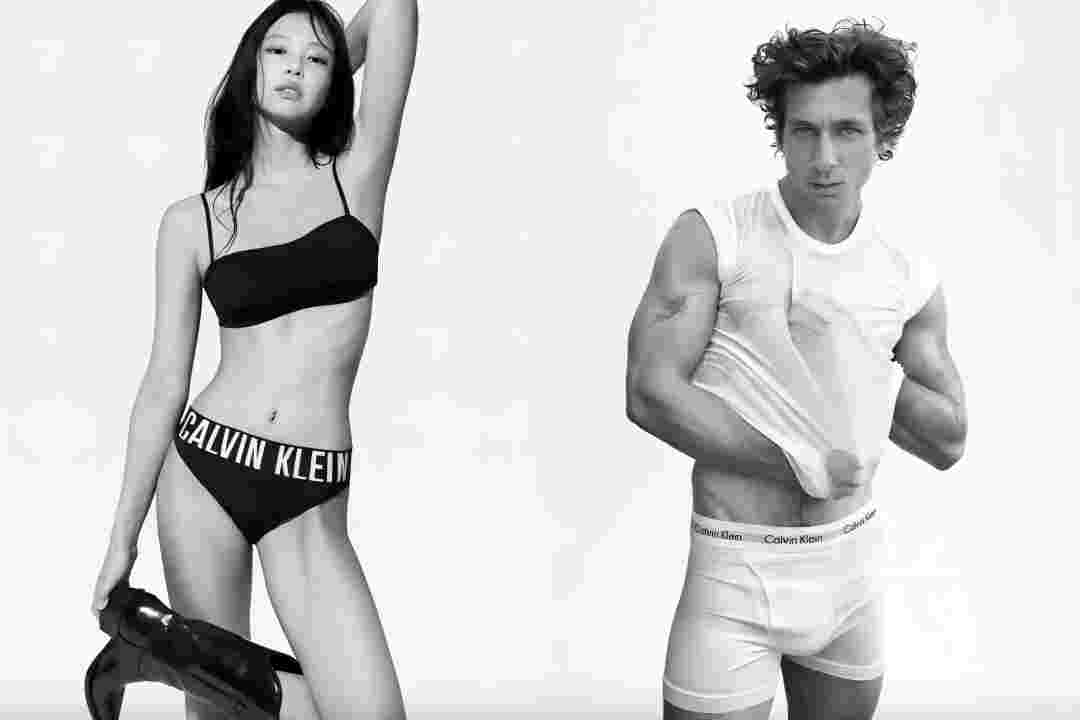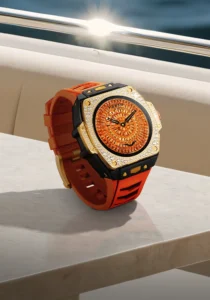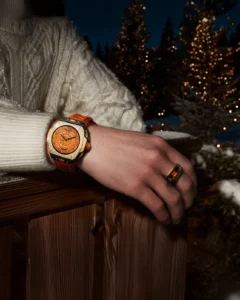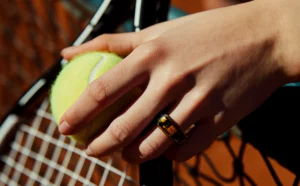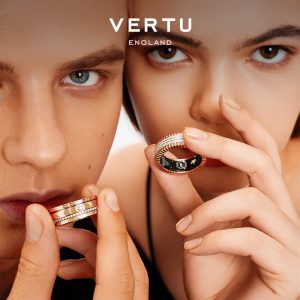After a five-year hiatus, Calvin Klein has relaunched its high-end ready-to-wear line.
According to Fashion Business Daily, the American underwear brand Calvin Klein has recently appointed Italian designer Veronica Leoni as the creative director of the Calvin Klein Collection ready-to-wear line. She will start work in September this year and will release her first collection next fall, including men's and women's clothing, underwear, and accessories.
Compared to the industry shock caused by the 2016 offer to Belgian designer Raf Simons, who had worked for Dior, Calvin Klein's choice of creative director after eight years seems quite unremarkable on the surface.
Veronica Leoni is not a star creative director. After graduating from a literature major, Veronica Leoni served as the chief designer of knitted products at Jil Sander, and later as the chief designer during Phoebe Philo's time at Celine, and managed the pre-season series. In 2018, she was responsible for the 2 Moncler 1952 series in the Moncler Genius project with Sergio Zambon.
In 2021, Veronica Leoni launched the women's brand Quira, named after her grandmother's name Quirina, and released her first collection at the Milan 2022 Spring/Summer Fashion Week. The design style is elegant and concise, including suits, dresses, trench coats and other items. Some media commented that the series almost includes everything needed in a modern woman's wardrobe.
It is worth noting that Veronica Leoni was also shortlisted for the LVMH Prize finals last year.
Looking at the resume of the new creative director, Calvin Klein, which has returned to the high-end business, shows a conservative and cautious attitude, and this personnel selection strategy also conforms to the current general trend of the luxury goods market.
With the return of classic styles in the luxury goods industry, the appointment of brand creative teams has also shifted from young star creative directors to experienced veterans. Compared with the exposure brought by the number of fans on social media of star designers, the brand needs the creative director to have the ability to create blockbusters and improve performance.

Practicality does not mean that Calvin Klein has lost its ambition in the high-end business. Before joining Calvin Klein, Veronica Leoni's experience as the Creative Director of American designer brand The Row is enough to prove this.
As one of the few American designer brands that have been able to stand out in recent years, The Row returned to the fiercely competitive Paris Fashion Week schedule in 2022 and has become one of the most watched luxury brands after setting up a team in Paris.
Industry insiders have revealed that The Row's current annual sales have reached 250 million US dollars, equivalent to 1.81 billion yuan.
In terms of accessories, fashion search engine Lyst rated the The Row Margaux bag, priced at 6,340 euros, as the hottest item in the fourth quarter of 2023, and it is also known as the new generation of “Birkin bags.”
In terms of ready-to-wear, which Veronica Leoni is responsible for, its low-key and minimalist style has inherited most of the supporters of Celine during the Phoebe Philo era. They like the excellent quality of The Row products and the design without obvious identification, pursuing a subtle signal that can be recognized in a specific group, or a psychological satisfaction of good taste being recognized by others.
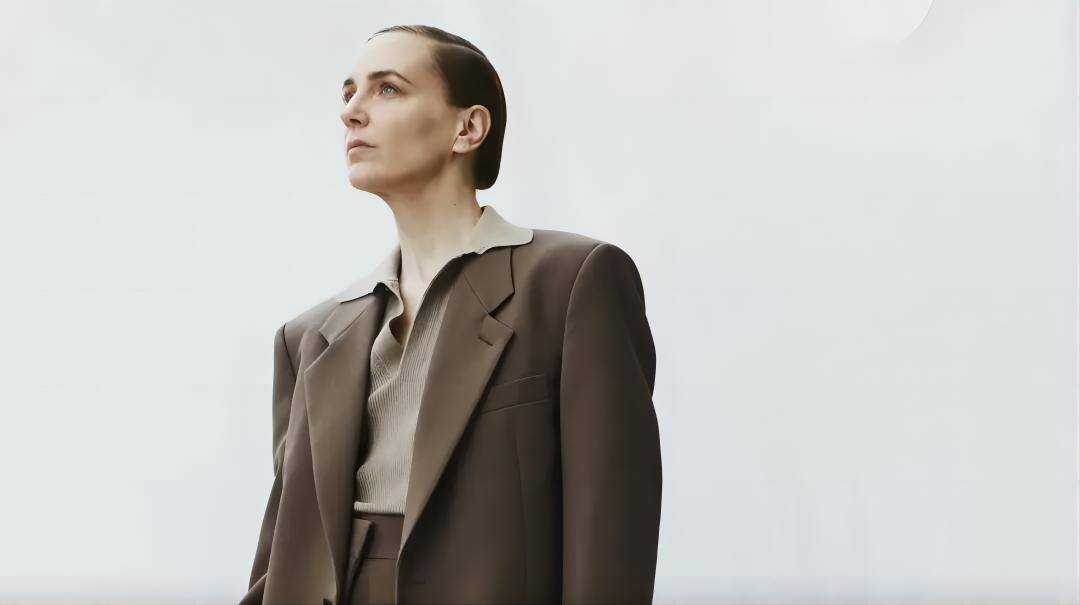
Hiring Veronica Leoni from The Row, Calvin Klein's intention for its high-end ready-to-wear collection is clear: to replicate The Row's success, especially in the commercial dimension.
Calvin Klein's President, Eva Serrano, revealed that the new collection will be sold in its brand-new boutiques. The brand has previously renovated some stores in Rome, Milan, and plans to open a new store on the Champs-Élysées in Paris in June this year. In addition, Eva Serrano also stated that Calvin Klein may hold a fashion show in 2025.
In fact, although the positioning of the mass-market brand is deeply rooted in people's minds, high-end business has always been a strategic goal for Calvin Klein. However, compared to the symbolic high-end, or the brand upgrade that cannot be realized in time, what Calvin Klein has been exploring is to turn the high-end business into a business that is commercially logical and profitable.
Past failures have proven that the path of hiring a high-fashion creative director to achieve this goal is not feasible.
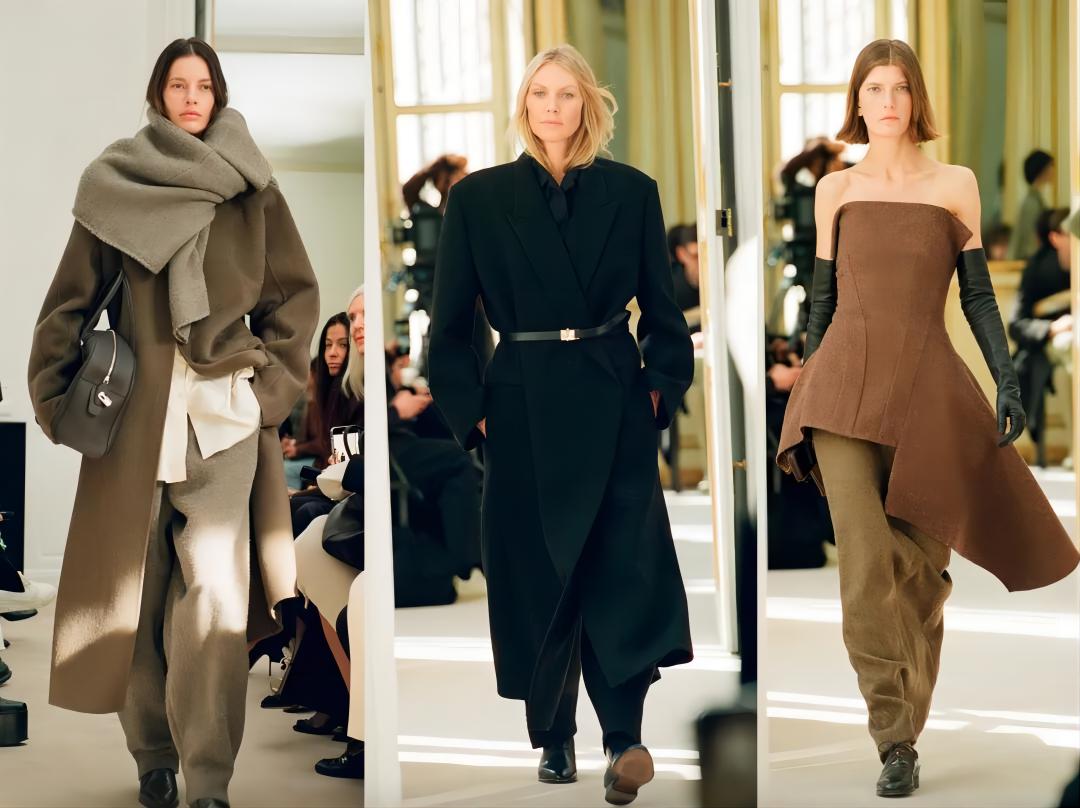
Since 2016, Raf Simons, the creative director of Calvin Klein, has been given full creative control over the brand, stores, and advertising, marking the peak of creative director power, which is also the highest treatment that high-end fashion creative directors can receive when they descend to mass fashion brands.
After taking office, Raf Simons carried out a comprehensive reform of the brand. Not only did he change the name of the ready-to-wear series to Calvin Klein 205W39NYC, but he also updated the brand logo and store visual image, aiming to inject artistic elements into the originally mass-market-oriented Calvin Klein to enhance the brand positioning.
However, it is inherently a matter that requires time and money to succeed in breaking through to the high-end market of fashion brands, and the business-oriented PVH Group still underestimated the patience needed for this matter.
Although the Calvin Klein created by Raf Simons has improved in both media exposure and brand value, the PVH Group has always been dissatisfied with the increase in brand performance.
Fashion critic Vanessa Friedman once wrote that in the eyes of the PVH Group, the high-end ready-to-wear series insisted on by Raf Simons is like a large-scale marketing campaign, and with the growth of the market's demand for casual wear, they would rather spend the same or even less money to invite celebrities such as Justin Bieber, Kylie Jenner, and Kim Kardashian to wear the brand's underwear or jeans to shoot advertising blockbusters, rather than creating an expensive and luxurious “dream”.
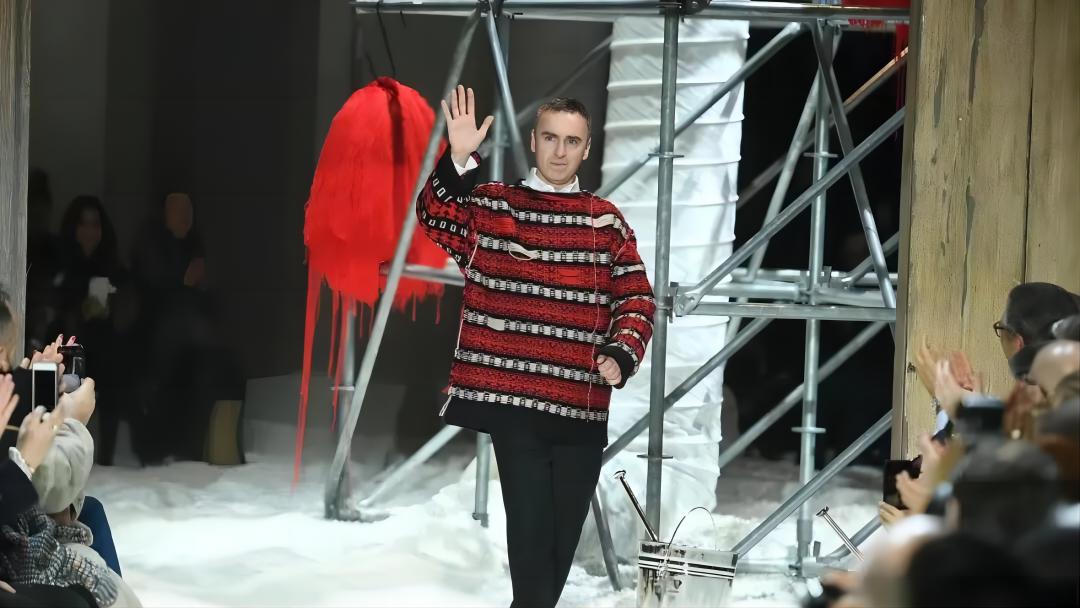
In 2018, PVH Group announced the departure of Raf Simons and closed the high-end fashion business Calvin Klein 205W39NYC and the haute couture business Calvin Klein by Appointment, as well as its flagship store in New York. The group stated that it spent between 60 and 70 million US dollars on the development of the above two businesses, but was disappointed with the return on investment.
Raf Simons had made significant reforms to the brand after joining Calvin Klein in 2016.
Of course, this decision may also have been influenced by the collective trend of luxury goods industry at that time.
After the milestone collaboration between Louis Vuitton and Supreme in 2017, street fashion began to fully invade the high-end fashion field. The WeChat public account LADYMAX once analyzed and commented that high-end fashion, which is trapped in an existential crisis, still needs trend brands to drive it, so mass brands obviously can no longer regard high-end fashion as an invincible trump card.
In order to adapt to the changes in market trends, Calvin Klein later announced a marketing plan called InCKubator in an internal memo. The InCKubator plan aims to gather external creative talents to carry out various forms of cooperation in fashion, retail space, etc., and launch four to six cooperation projects for different consumer groups every year.
In 2021, Calvin Klein announced a collaboration with trend brand founder Heron Preston, who took on the role of creative consultant for Calvin Klein and launched the Heron Preston for Calvin Klein series twice. The following year, the brand also launched a joint cooperation with the trend skateboard brand Palace.
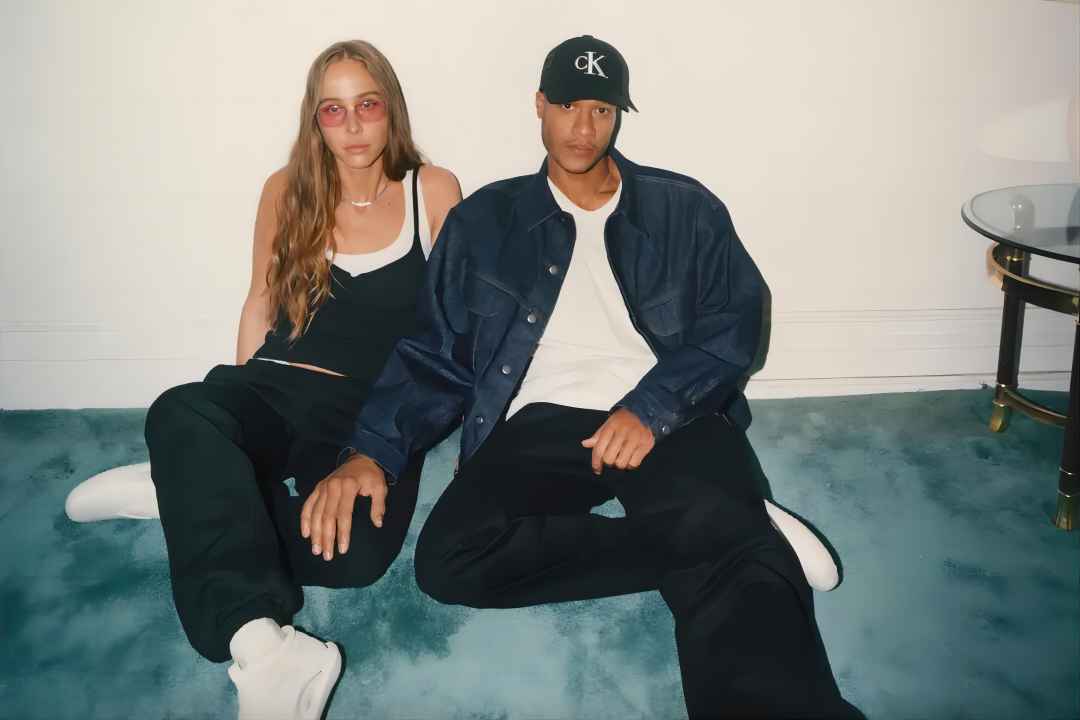
Some industry insiders believe that after being thwarted in its attempt to enter the high-end business with high-end fashion, Calvin Klein continues to connect with fashion through trendy co-branding, thus achieving the same goal in a roundabout way, that is, to sell products at higher prices in addition to jeans and underwear.
Calvin Klein has successively cooperated with trend-setting brand manager Heron Preston and trendy skateboard brand Palace.
Now, with the cyclical fluctuations of trends, the heat of street fashion has dissipated, and the classic style has made a comeback. Calvin Klein realizes that this is the best time to relaunch the high-end ready-to-wear series.
However, for the PVH Group, which is solely focused on commercialization, they no longer need a star creative director who can realize their ideals with power and budget freedom, but prefer a design that is practical, easy to sell, and has been verified by the capital market.
Veronica Leoni from The Row is a safe card chosen by Calvin Klein during the market contraction period.
However, the problem lies in the fact that Calvin Klein and The Row have completely different brand genes and business logic, even completely opposite.
The former never hides its pursuit of performance numbers, but the latter, despite being regarded as one of the most promising stocks in the luxury goods industry, is committed to creating a niche and low-key brand image, as if it is far away from all commercial operation methods and has no intention of expanding its commercial territory.
This difference is corroborated in their more explicit marketing strategies.
As a mass market brand, Calvin Klein has always been deeply bound to pop culture and has repeatedly used the star effect to boost performance.
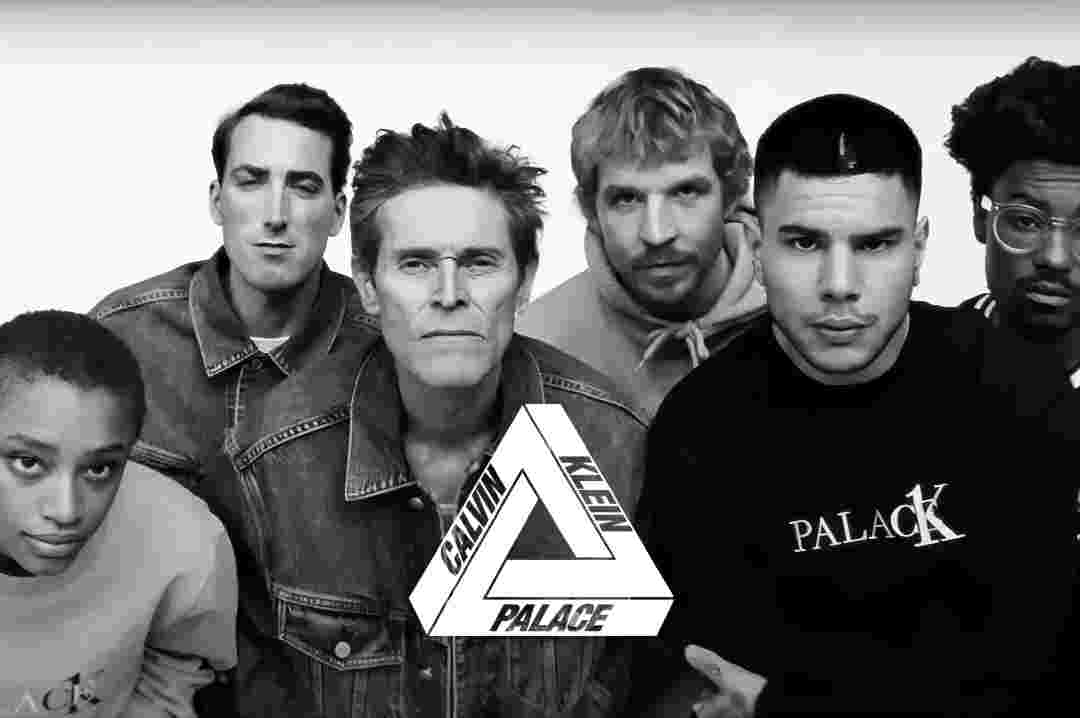
In May last year, Calvin Klein launched a collaboration with brand spokesperson and Blackpink member Jennie, featuring a range of basic items in pink and neutral tones. Within days of the series release, searches for Calvin Klein on Lyst increased by 22%.
At the beginning of this year, Calvin Klein also released a spring 2024 men's underwear advertisement in collaboration with American actor Jeremy Allen White, boosting the brand's underwear sales by 30%.
It is worth noting that Jeremy Allen White wore a suit from Calvin Klein Atelier at the 81st Golden Globe Awards, and Zendaya also wore a white suit from Calvin Klein Atelier at the Rome premiere of the movie “Challenger” recently, which is seen by the industry as a sign of the brand's revival of its high-end fashion business.
Calvin Klein has repeatedly boosted its performance by leveraging the celebrity effect.
In contrast, The Row has always been known for its restrained social media marketing.
For a long time, The Row's official social media account did not post any brand-related content, but instead posted artworks like an inspiration board to strengthen the brand's aesthetic system. In January this year, The Row also banned the audience from taking or sharing any content during its fashion show, although this move was considered a marketing gimmick, it also deepened the market's understanding of the brand's return to clothing.
More importantly, this restraint has been further transformed into the shaping of brand exclusivity in the era of information overload on social media, thus becoming the foundation for The Row to attract high-net-worth consumers.
In other words, Calvin Klein, which is accustomed to winning with volume, is essentially unable to attract The Row's target customers, and this fact may not change with the arrival of Veronica Leoni.
Calvin Klein's high-end fashion benchmark seems to have deviated from the beginning. The market cannot rule out the possibility of Calvin Klein completely overturning its previous image, but this undoubtedly requires a huge investment of resources, and the effect may not be seen in the short term.
From the departure of Raf Simons, it is clear that PVH Group does not have so much patience.
It is not difficult to see from the then CEO of PVH Group's public statement expressing disappointment with Calvin Klein's performance and attributing it to the imbalance between Raf Simons' investment and output in creative marketing that the management of PVH is impatient and lacks initiative.
Luxury fashion is a business that requires time to accumulate, and Raf Simons needs enough time, but Calvin Klein is too impatient.
Some analysts pointed out that when Calvin Klein signed with Raf Simons, it was impossible not to reach a consensus on the brand's upgrade to the high end, because this far exceeded the scope of creativity and design. Without the consistent cooperation of other teams, it would be difficult to achieve quickly.
However, the brand's creativity eventually became disconnected from the marketing team. While Raf Simons upgraded the products, the channels and services fell behind. What Calvin Klein really lacks is a concrete understanding of the new positioning, a reasonable and feasible timetable, and a senior team for real-time monitoring of the upgrade steps.
After the major changes in the group's CEO and brand president, it is still unknown whether Calvin Klein and PVH Group have learned from their previous mistakes, but it is certain that Veronica Leoni, without the halo of a star designer, will not have the same power as Raf Simons at the time.
This means that Veronica Leoni may be restricted in the process of promoting the brand upgrade, and she is facing a more severe situation than before.
Against the backdrop of slowing demand for luxury goods, the market generally believes that the high-end strategy will encounter obstacles. Even luxury brands such as Gucci and Burberry find it difficult to implement brand strategy transformation as planned. The challenges Calvin Klein faces in breaking into the high-end fashion field from the mass market are undoubtedly more arduous.
At the same time, Calvin Klein has been regarded as the core growth force of the group.
In response to the increasing uncertainty in the macro environment, PVH Group reached an agreement with the private family business Basic Resources in November last year to package and sell the business of women's sportswear and underwear brands Warners, Olga, and True & Co. to the latter at a price of 160 million US dollars. The group had previously sold the women's underwear business of its brand Heritage Brands.
Some analysts pointed out that this move means that PVH Group will focus on the growth of Calvin Klein and Tommy Hilfiger in the future. Both brands need to expand more business levels to shoulder this mission, and the pressure on the former's high-end fashion business is self-evident.
According to the data from Fashion Business Express, PVH Group's revenue last year increased by 2% to 9.218 billion US dollars, with a profit of 1.045 billion US dollars. By brand, Tommy Hilfiger's annual revenue increased by 4%, mainly due to a 3% increase
